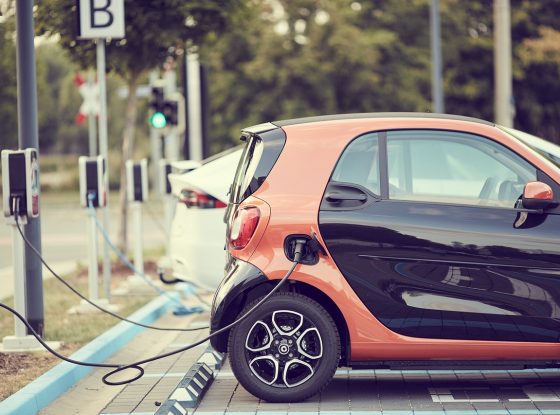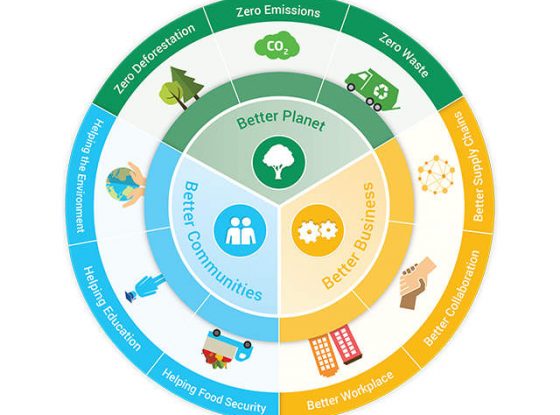The Road to an Electric Vehicle Future

What drives on four wheels and is good for the planet and for your wallet? If you’re in the market for a new car, the answer could be an electric vehicle (EV). We’re going to break down what makes an EV different from a traditional gas-powered car, and we’ll also cover how an EV purchase today could help you save money, both on the overall cost of your vehicle and in fuel and maintenance savings for the future.
Electric Vehicles 101
Battery Powered
Compared to traditional vehicles, which work by burning gasoline or diesel fuel, EVs are powered by electricity stored in a rechargeable battery. This means they have fewer moving parts and fluids than gas-powered vehicles (no more oil changes or trips to the gas station, woohoo!). But it does mean you’ll need somewhere to charge your vehicle. At home, a standard 110V outlet in a garage or driveway will do the trick, or you can consider having an electrician install a 240V outlet for significantly faster charging. In addition, more people can charge at the growing network of public charging stations — more than 50,000 locations are available today. Incentives to help you offset the cost of these charging upgrades are available to some through President Biden’s Investing in America initiatives, and you can learn more about those incentives at www.energy.gov/save.
Better for the Planet
Electric cars produce zero tailpipe emissions, meaning that they don’t contribute to air pollution the same way gas-powered vehicles do. They also are very energy efficient and can travel four times as far as a traditional car given the same amount of energy.
The overall climate benefit of electric cars improves based on the source of electricity used to charge them, with clean energy sources like solar or wind, powering the greatest savings. In 2022, over 40% of the nation’s electricity came from clean sources. Even considering the manufacturing of the vehicle itself, and even for people whose electricity doesn’t yet rely on clean sources of power, an electric car today emits the least emissions compared to all vehicle technologies. These climate benefits will grow as the share of clean electricity is projected to exceed 80% by 2030 because of the investments enabled by the Inflation Reduction Act and Bipartisan Infrastructure Law. Opting to drive an EV is a great option for drivers looking to reduce their carbon footprint throughout the country and cut back on pollution in their community.
Better for Your Wallet
Interested in saving money at the pump? Get rid of the pump! By charging your EV at home instead of filling up on gasoline, you could save $800 to $1,000 annually. And for those who charge up away from home, the financial savings are typically less, but some vehicle and charging companies offer attractive discounts or even opportunities for free charging. Additionally, battery EVs are about 40% less costly to maintain, with less money needed to replace parts and for tune-ups. These benefits make EVs a great long-term investment, saving you thousands of dollars over the years.
And that’s not all: Thanks to President Biden’s Investing in America agenda, you may be eligible for a $7,500 tax credit on the purchase of a qualified NEW clean vehicle, or up to a $4,000 tax credit on the purchase of a qualified USED clean vehicle. As mentioned above, credits also exist for purchases or upgrades for your home charger/outlet to facilitate faster charging.
Source : energy.gov



